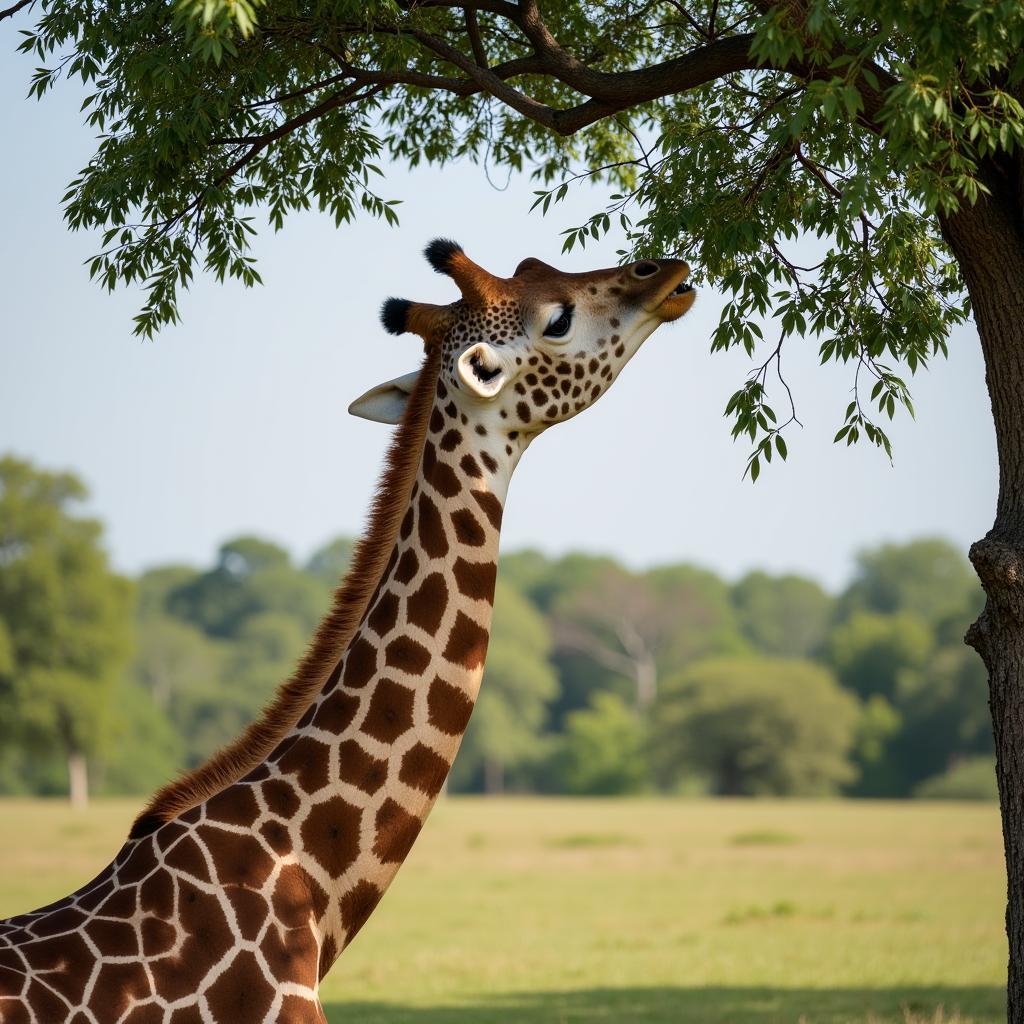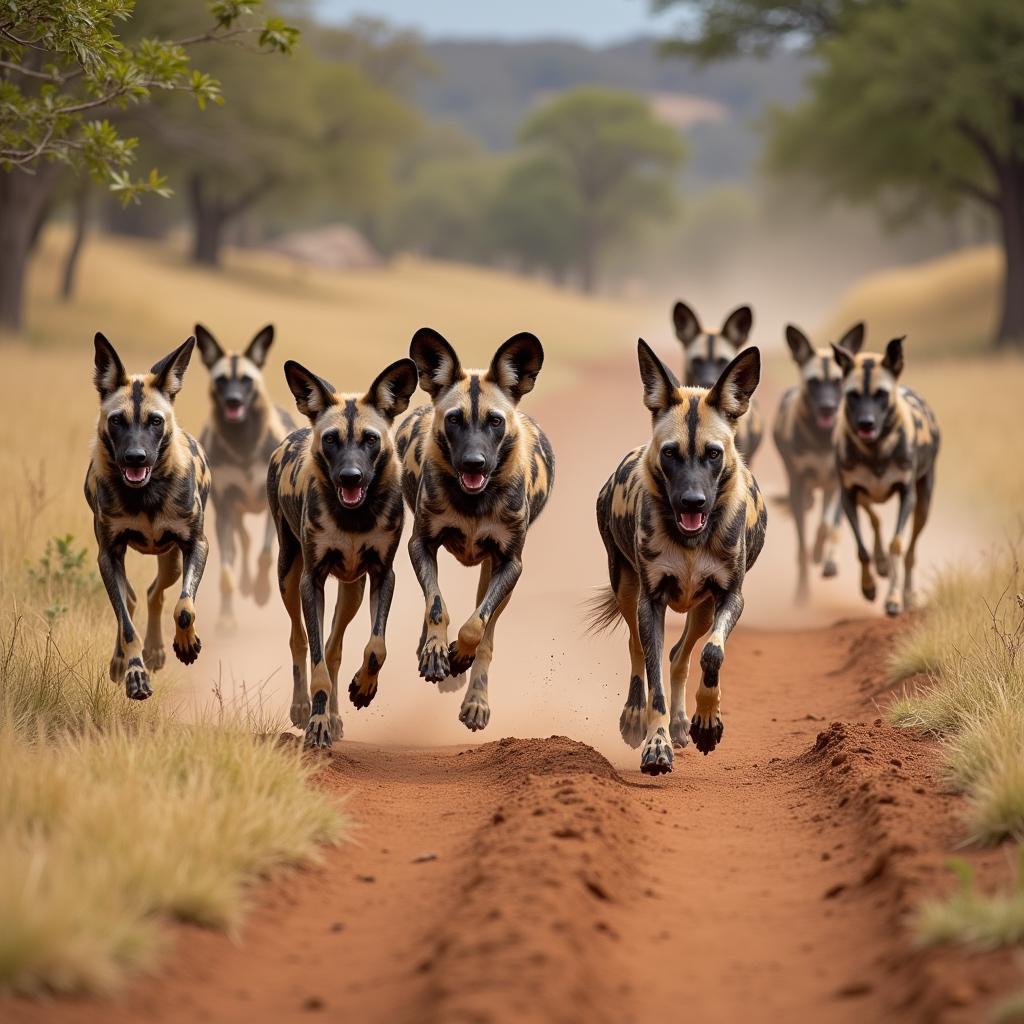Unveiling Africa’s Diverse Hoofstock Species
Africa, a continent teeming with life, is renowned for its incredible diversity of wildlife. Among its most captivating inhabitants are the hoofstock species, a fascinating group of mammals united by their unique adaptation of walking on the tips of their toes, which are encased in hooves. From the vast savannas to the dense forests, African Hoofstock Species have evolved a remarkable array of adaptations to thrive in this diverse continent. This article delves into the captivating world of these creatures, exploring their characteristics, ecological roles, and the challenges they face.
A Closer Look at African Hoofstock
Hoofstock, scientifically classified under the order Artiodactyla and Perissodactyla, encompass a wide range of animals, all sharing the characteristic of having hooves. These hooves, made of keratin, provide several advantages for life in various African habitats. The hard, durable structure offers excellent traction on diverse terrains, from rocky outcrops to slippery mudflats. Additionally, the hooves act as shock absorbers, enabling these animals to cover long distances and navigate uneven ground with ease.
Navigating the African Landscape: Diet and Habitat
African hoofstock species exhibit a remarkable range of dietary preferences, reflecting the continent’s diverse ecosystems. Grazers, such as zebras and wildebeest, dominate the open grasslands, their specialized digestive systems allowing them to extract nutrients from tough grasses. Meanwhile, browsers, like giraffes and dik-diks, thrive in woodlands and forests, feeding on leaves, shoots, and fruits. This division of resources minimizes competition and allows for the coexistence of numerous hoofstock species.
 Giraffe Feeding on Acacia Tree
Giraffe Feeding on Acacia Tree
The Dance of Life and Death: Predators and Prey
The lives of African hoofstock are intricately intertwined with their predators. Lions, leopards, cheetahs, and wild dogs are among the apex predators that rely on hoofstock as a primary food source. This delicate predator-prey relationship drives evolutionary adaptations in both groups. For instance, many hoofstock species have developed incredible speed and agility to evade predators, while the predators have honed their hunting strategies to overcome these defenses. This constant evolutionary arms race shapes the dynamics of African ecosystems.
Challenges in a Changing World: Conservation Concerns
Despite their adaptations and resilience, many African hoofstock species face growing threats. Habitat loss due to human expansion, agricultural development, and climate change is a significant concern. Poaching for meat, horns, and other body parts also poses a serious threat to several species. Recognizing these challenges, conservation organizations and governments are implementing strategies to protect these iconic animals and their habitats. These efforts include establishing protected areas, combating poaching, and promoting sustainable land management practices.
 African Wild Dogs Hunting Zebra
African Wild Dogs Hunting Zebra
The Enduring Legacy of African Hoofstock
African hoofstock species are not merely animals; they are symbols of the continent’s rich biodiversity and ecological heritage. These magnificent creatures, with their diverse adaptations and ecological roles, play a vital role in maintaining the balance of African ecosystems. As we continue to unravel the complexities of their lives, it becomes increasingly clear that their conservation is not just an ecological imperative but a responsibility to safeguard a crucial part of our planet’s natural heritage.


